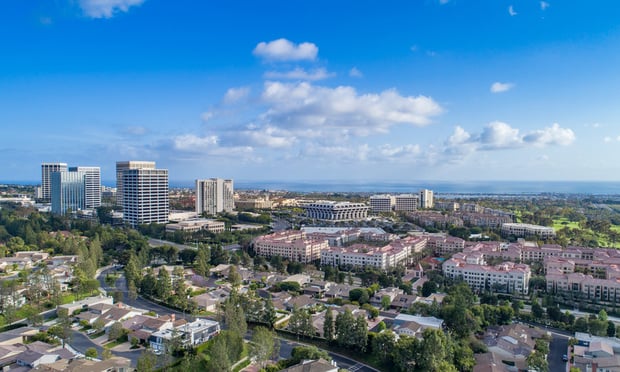MacFarlane Costa Housing Partners is a newly formed, Long Beach, CA-based joint venture of Michael Costa, the longtime president of Long Beach, CA-based Simpson Housing Solutions, and MacFarlane Partners Affordable Housing, an affiliate of San Francisco-based investment manager MacFarlane Partners. MCHP is run by Costa and operated by former SHS employees working from their division headquarters in Long Beach.
Avanath Affordable Capital is a unit of Avanath Capital Partners, a real estate investment firm, was formed in late 2007 by Daryl Carter, co-founder and former principal of Capri Capital LP, which had $7.4 billion of assets under management. Carter later served as CEO of CharterMac Mortgage Capital.
MCHP owns 80% of the Simpson Housing Solutions and Avanath owns the remainder. Avanath's Carter tells GlobeSt.com the company plans to exercise an option later this year to acquire the general partnership interest in the SHS' portfolio from MCHP. To facilitate its acquisition of the current SHS portfolio from MCHP, Avanath is conducting a fund offering for which real estate investment banking firm Presidio Partners is serving as the placement agent.
Subsequent to the transaction, MCHP will retain SHS' property development, finance and corporate accounting functions and continue to develop affordable housing in California, Arizona, Nevada, New Mexico and Colorado, while Avanath will become one of the largest owners of affordable housing in the nation.
SHS under MCHP currently has eight properties under development and Costa says it will develop 1,000 to 1,500 apartment units each year. Developments will consist entirely of affordable housing financed through the use of the LIHTC or will feature a mix of market-rate apartments and affordable units that qualify for the LIHTC and/or are financed with proceeds from the sale of tax-exempt bonds issued by government agencies.
The average age of the properties in the SHS portfolio is approximately seven years, Carter tells GlobeSt.com. As is typical of LIHTC projects, Carter says during the first 15 years an asset is in the program a majority of the net revenue generated goes to the limited partner, which is generally large financial institution. After those 15 years are up, generally speaking the majority of the net revenue begins to flow to the general partner, which until that time has been making most of its money via asset management fees. The general partner also will get a majority of the upside from the eventual liquidation of the asset, he says.
Want to continue reading?
Become a Free ALM Digital Reader.
Once you are an ALM Digital Member, you’ll receive:
- Breaking commercial real estate news and analysis, on-site and via our newsletters and custom alerts
- Educational webcasts, white papers, and ebooks from industry thought leaders
- Critical coverage of the property casualty insurance and financial advisory markets on our other ALM sites, PropertyCasualty360 and ThinkAdvisor
Already have an account? Sign In Now
*May exclude premium content© 2024 ALM Global, LLC, All Rights Reserved. Request academic re-use from www.copyright.com. All other uses, submit a request to [email protected]. For more information visit Asset & Logo Licensing.








